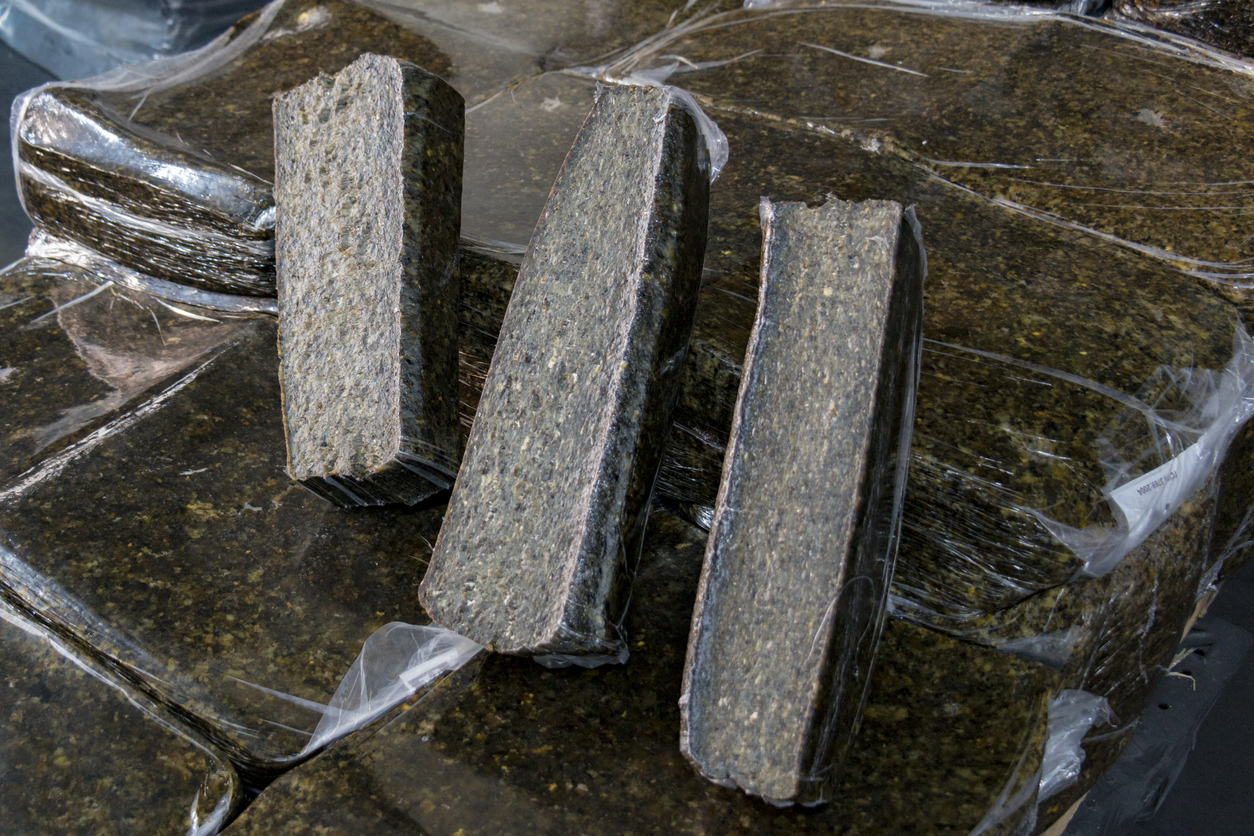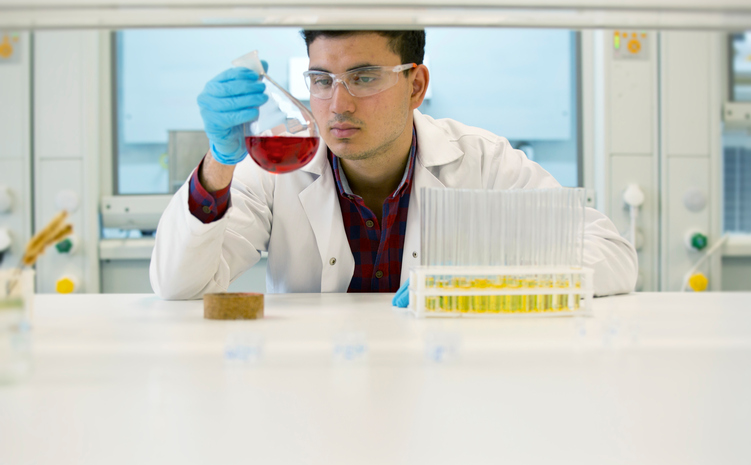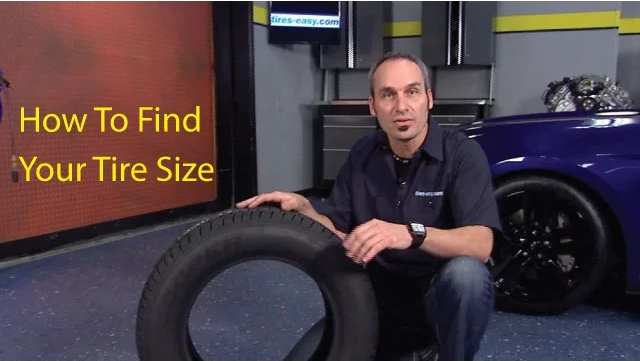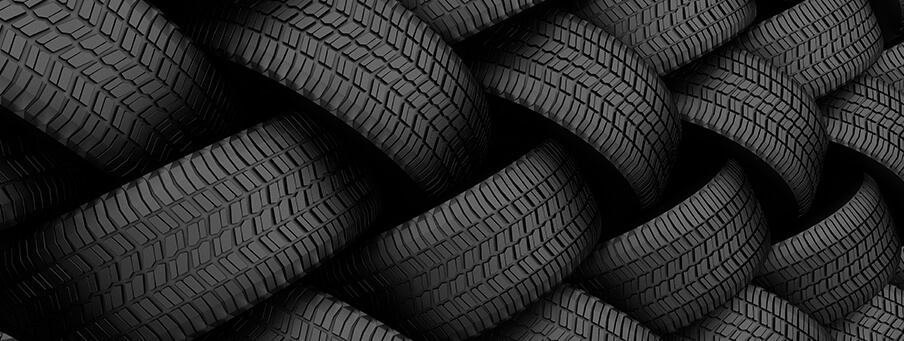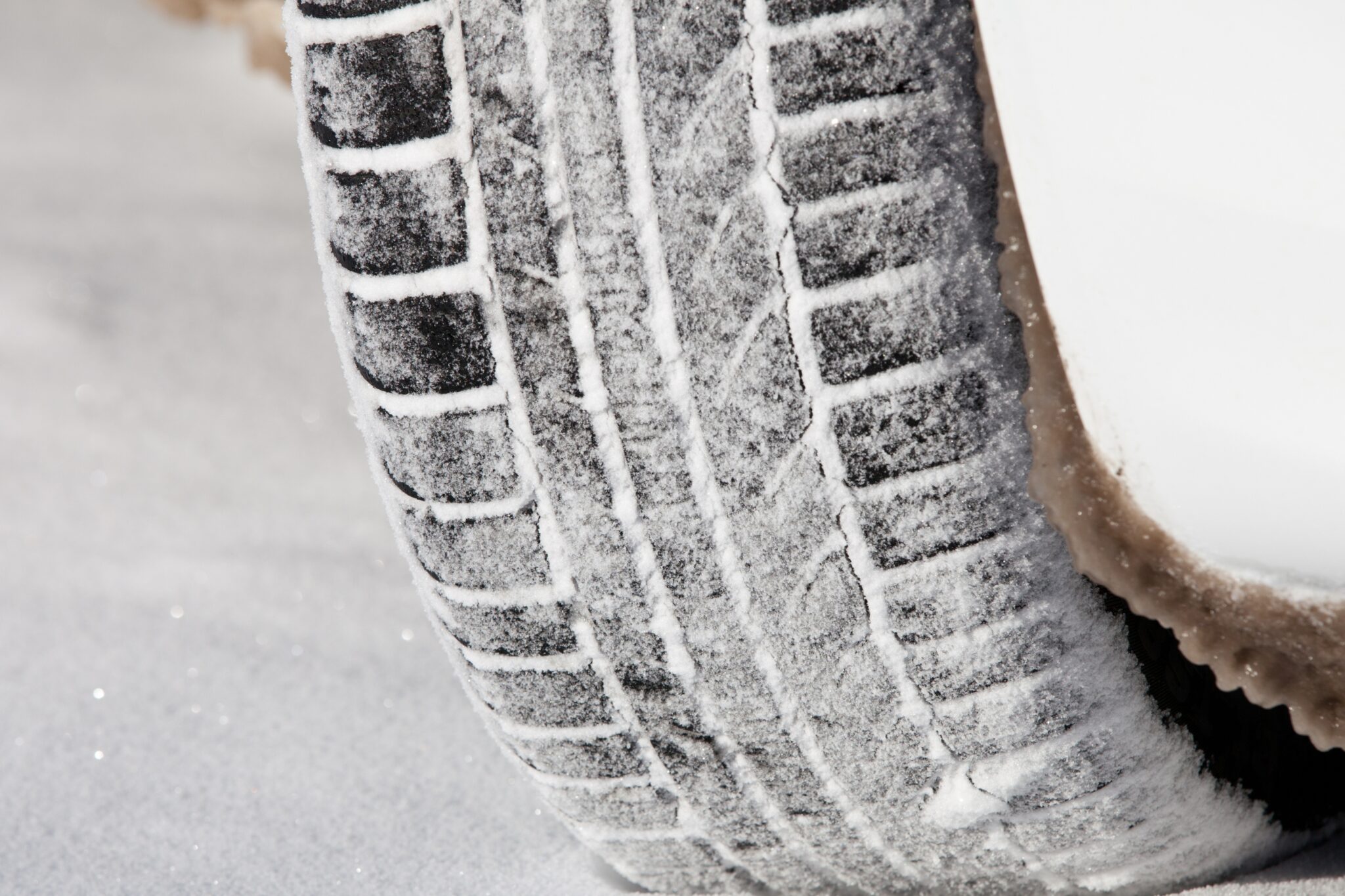Last Updated on April 21, 2024
The Composition of Light Truck and Car Tires
Dive Into What They’re Made Of!
Have you ever wondered what goes into making a tire?
There is much more to a tire than just rubber and air. Most car and light truck tires combine natural and synthetic rubbers, fabric, steel cords, and other additives like carbon black and silica. Tire manufacturers are working continuously to replace non-renewable materials with renewable materials, as well as reducing the overall weight of the tire.
Tires, those indispensable components of our vehicles, are more than just rubber rounds. Their composition is a fascinating fusion of various materials that grant them durability, flexibility, and safety. Whether for a light truck or a sedan, understanding the elements of your tires can offer insights into their performance and longevity. Let’s unravel the layers.
Here are the main components of typical light truck and car tires:
1. Natural Rubber
Natural rubber is made from a white liquid called latex that oozes from certain plants when you cut them. There are over 200 plants in the world that produce latex. The most plentiful amount of latex can be found in the rubber tree. Latex is extracted from the rubber tree in much the same way that maple syrup is extracted. An incision is made in the bark of the Rubber Tree, and latex is harvested slowly as it drips out of the live tree.

Rubber Trees can only grow in hot, humid climates like Brazil and Southeast Asia and require plenty of water. Therefore, it would be advantageous to harvest latex closer to where tires are produced and at a lower cost. For example, Cooper Tire, which has factories in the United States, is experimenting with Guayule as a latex source. This plant can flourish in the deserts of the Southwest United States, much closer to the manufacturing location than the rubber plantations of South America or SE Asia.
Guayule requires very little water and produces good quantities of latex. Cooper Tire believes that Guayule is a viable source of latex to reduce the cost of making a tire and the overall impact on the environment. Other Manufacturers are looking for the same type of bio-based alternatives to latex from rubber trees.
2. Synthetic Rubber
A synthetic rubber is any artificial elastomer. The elastomers that go into tires are a petroleum byproduct. During the Second World War, the United States began mass producing synthetic rubber because natural rubber was in short supply to support the war effort.
Today, there are nearly 20 synthetic rubbers, each produced through petroleum refining and containing unique ingredients added to make the tire last longer, grip better, or improve rolling resistance for better fuel economy. Per the US Rubber Manufacturer’s Association, about 70 percent of all rubber used in tires is synthetic.
3. Additives in Light Truck and Car Tires
Most tires are black. This is because carbon black is a key ingredient added to the natural and synthetic rubber mix. Carbon black is tiny dust-like particles that act like a bonding agent for the other ingredients in the tire. Carbon black adds the feature of catching ultraviolet rays and absorbing the sun’s heat. This helps protect the tire against ozone and UV damage.
No other additive is as effective as carbon black at protecting the rubber and prolonging the life of tires. In the absence of carbon black, ozone and UV rays would attack the molecules and chemical bonds of the rubber, which, over time, causes the rubber to rot and weaken.
Another substance added to tires is silica. At a molecular level, silica is very rough and gritty. When mixed into tread rubber, this property gives car tires extra grip on wet roads and ice. Another property of silica is that it is tough. This makes it effective at resisting wear due to abrasion and helps extend the tread’s life.
Silica uniquely improves the tire’s performance by making it last longer AND giving it a better grip. Silica is relatively expensive, so it is not uncommon to find higher levels of silica in the more expensive light truck and car tires like Michelin tires, Bridgestone tires, Pirelli tires, or Goodyear tires.
4. Steel Cords
An estimated 15% of the material in a tire is steel, mainly in the form of cord. Rubber is vulcanized to steel cords spirally wrapped to form bead wire. The bead is the part of the tire that attaches to the rim. It takes a lot of pressure to mount a tire on the wheel.
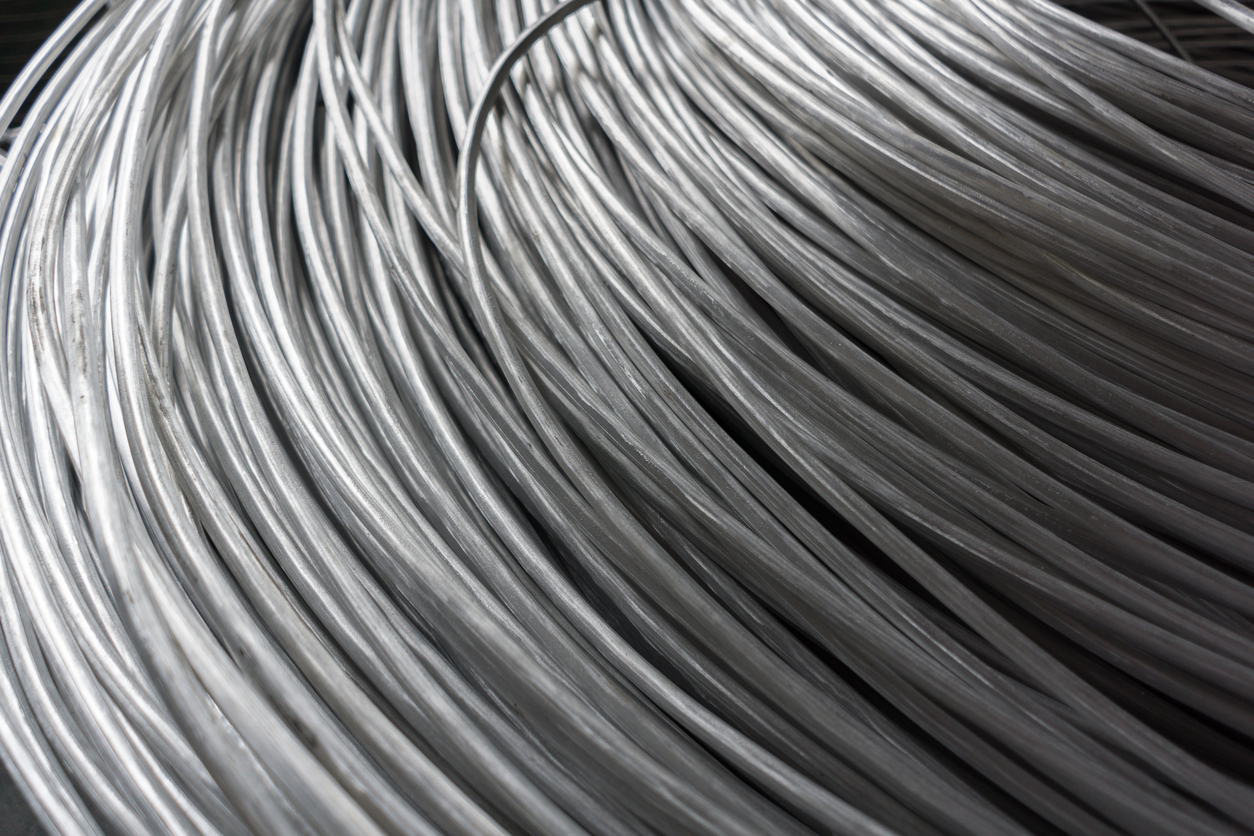
It would be best to have a tight fit to ensure that air does not seep. The rubber-covered steel bead wire remains stiff and solid once mounted to the rim. Besides the bead wire, Steel cord is often used to reinforce light truck tires in the sidewall area and occasionally in the tire cap to protect against punctures through the tread.
5. Nylon and Cotton Fabric
An important element in tires is the fabric belt that forms the tire’s casing and helps it maintain its shape even at high speeds. The casing forms the main body of the tire, and it is made of strips of cloth-like fabric covered with rubber. Each strip of rubberized fabric forms a layer called a ply in the body of light truck and passenger car tires. Passenger car tires may have as many as four plies in the body, so quite a lot of fabric is used in most pneumatic light truck and passenger car tires.
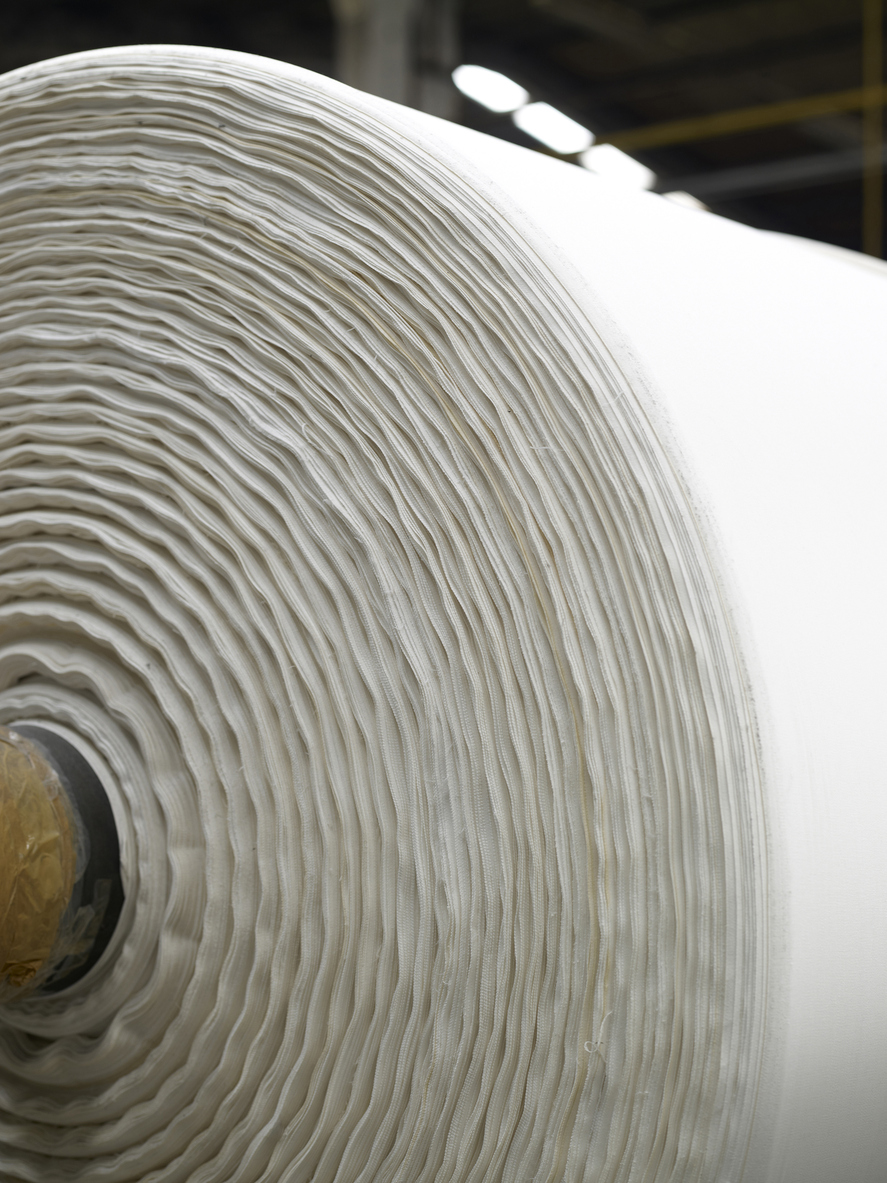
It is reassuring to know that tire companies are cutting down on using materials that are harmful to the environment and reducing the amount of material used. A lighter-weight tire made of stronger materials will last the same time while increasing the vehicle’s fuel efficiency. As a result of less fuel used, CO2 emissions are also reduced. That is a good thing for the environment.
Also, tires that last longer mean fewer trips to replace tires. Tire manufacturers don’t have to produce as many tires, saving materials and the energy needed to create the tires. Ultimately, manufacturers producing high-quality, eco-friendly tires are in our best interests.
Conclusion
The anatomy of car tires is a testament to the marvels of engineering and innovation. A harmonious blend of nature-derived materials and human-made compounds ensures our journeys remain smooth, safe, and efficient. The next time you’re on the road, you can appreciate the intricate orchestra of materials working seamlessly beneath you.
Your Next Step: Investing in Quality
When it comes to tires, compromise isn’t an option: your safety, comfort, and the overall health of your vehicle hinge on them.
- Diverse Range at Tire Easy: At Tire Easy, we understand the art and science behind tires. Our collection is curated to ensure that you get only the best. From sedans to trucks, our range promises quality and performance.
- Safety First, Always: With our tires, safety isn’t just a feature; it’s a guarantee. Designed with the best materials and tested rigorously, they promise to be your trusted companions on every journey.
- Elevate Every Drive: Performance isn’t just about speed; it’s about how you feel on the road. Our tires promise a driving experience like no other – smooth, efficient, and unparalleled.
Your vehicle deserves the best, and at Tire Easy, that’s precisely what we offer. Don’t just change your tires; elevate your entire driving experience.
Dive into a diverse range at Tire Easy and elevate your driving experience. Prioritize safety, performance, and durability.
Shop now and feel the difference!
FAQs
What materials are used to make car tires?
Car tires are constructed using a combination of both natural and synthetic materials. This includes natural rubber, which provides flexibility and grip; synthetic rubber for enhanced performance characteristics; and fabric materials like polyester, nylon, or rayon for structural integrity.
Additionally, steel is used for reinforcement, and chemical compounds such as carbon black, silica, and sulfur are added for strength, color, and the vulcanization process, respectively.
How are car tires made?
The process of manufacturing car tires involves several stages. Initially, raw materials like rubber, chemicals, and fabric are prepared. Then, the three main parts of the tire – the inner liner, fabric-coated layers (or plies), and steel belts – are built.
Once assembled, the tire, often referred to as a ‘green tire’ at this stage, is vulcanized by heating it in a mold. This step solidifies the tire’s structure, transforming the soft rubber into a firm, elastic material suitable for driving. Each tire is then inspected for quality to ensure it meets stringent standards.
What are the basic elements of a tire?
A tire comprises several essential elements. The tread is the outermost layer that contacts the road and can have different patterns suitable for various conditions. The sidewall is the side portion of the tire, providing stiffness and protection. Plies are layers of fabric, giving the tire its strength and flexibility.
Steel belts positioned below the tread add stability and puncture resistance. The bead is a steel wire-reinforced section, ensuring the tire remains attached to the wheel rim. Finally, the inner liner is a rubber layer inside the tire that retains air and maintains consistent tire pressure.
What are the metal things on tires?
Tires incorporate several metal components for strength, stability, and secure fitment. Bead wires are steel wires in the tire’s bead section, ensuring the tire remains securely fixed to the wheel rim. Steel belts beneath the tread provide added durability and puncture resistance.
Additionally, though not directly part of the tire, wheel weights are often seen on wheel rims; these small metal pieces are crucial for balancing the tire, ensuring a smoother and vibration-free ride.



